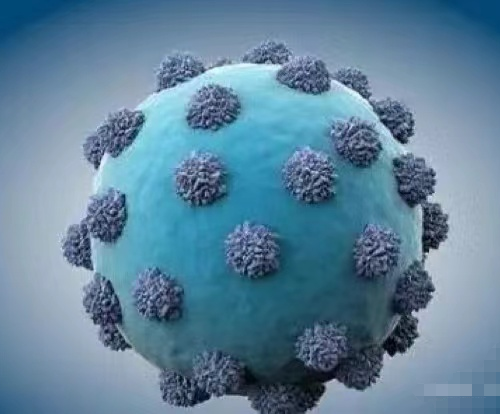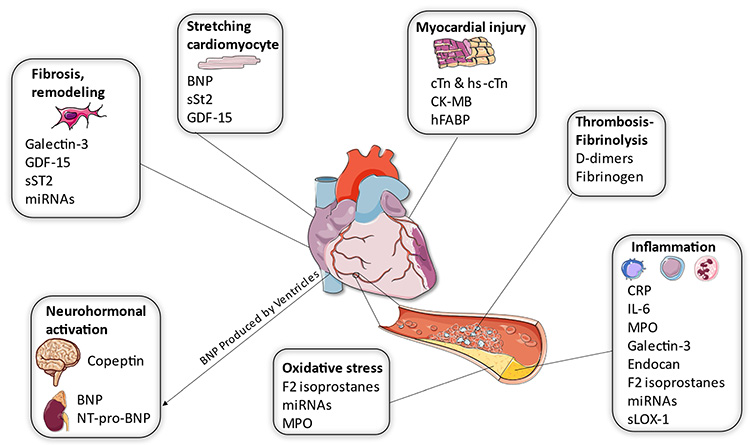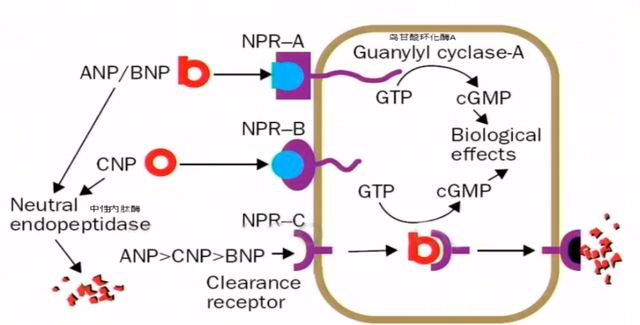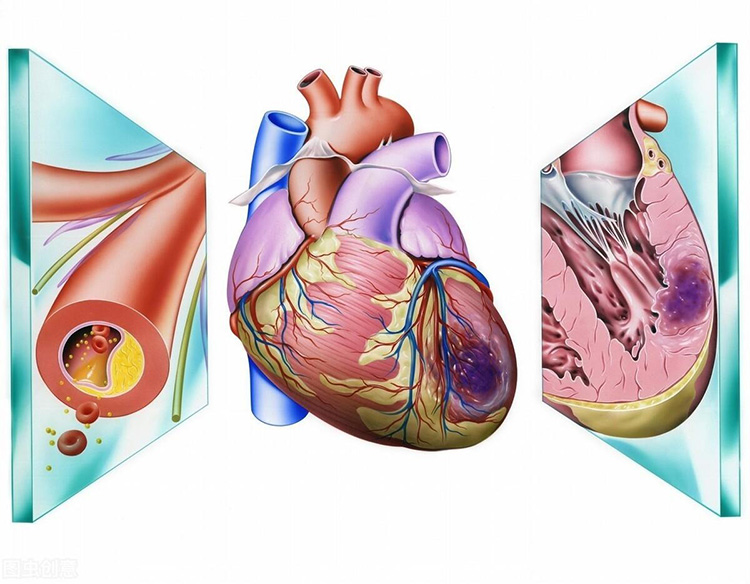There are 200,000 new cases in my country every year! Experts: More than 95% of the "invisible killer" hepatitis C can be cured
Hepatitis C is an infectious disease caused by the hepatitis C virus (HCV) that primarily causes liver damage. About 75%-85% of people with acute HCV infection will develop chronic HCV infection, which can lead to chronic hepatitis and liver fibrosis. Some patients may develop cirrhosis or even hepatocellular carcinoma, a public health issue that seriously threatens people's health.

In May 2016, the World Health Organization (WHO) released a global strategic plan for viral hepatitis, setting the goal of "eliminating viral hepatitis as a public health threat by 2030." Since most HCV-infected people are asymptomatic or have mild symptoms, and HCV-related screening is not included in routine physical examinations, the diagnosis rate and antiviral treatment rate of HCV infection in my country are both low.
01Prevalence of Hepatitis C
The Chinese Guidelines for the Prevention and Control of Nosocomial Infections in Hepatitis C (2021 Edition) point out that hepatitis C is a serious threat to human health and life and is a global epidemic. The 2017 Global Hepatitis Report shows that in 2015, about 71 million people were infected with HCV worldwide, of which only 20% were diagnosed, and only 7% of those diagnosed received treatment within one year. There are about 7.6 million HCV-infected people in my country, of which about 4 million to 5 million chronic HCV-infected people need treatment, and about 200,000 cases of hepatitis C are reported through the national infectious disease reporting system each year.
02 Transmission routes of hepatitis C
1. Blood transmission
Sharing syringes for intravenous drug use and unsafe injections are the most recently discovered major ways of hepatitis C transmission. In addition, patients who use endoscopes, dental instruments, syringes, injection needles, hemodialysis machines that have not been properly disinfected or sterilized, share razors, share toothbrushes, pierce earrings, get tattoos, and have pedicures also have the risk of transmitting hepatitis C.
2. Sexual transmission
Having sex with a person infected with hepatitis C virus can cause infection; patients with other sexually transmitted diseases, especially those infected with AIDS, have a higher risk of infection.
3. Mother-to-child vertical transmission
The probability of mothers who are positive for hepatitis C virus transmitting the virus to their babies during delivery can be as high as 4% to 7%; if combined with AIDS infection, the risk of transmission can increase to 20%. High HCV RNA loads may increase the risk of transmission.
4. Nosocomial transmission
Medical personnel are at high risk of HCV infection, and occupational exposure during diagnosis, treatment, nursing, disposal, and other operations, as well as neglect of hand hygiene, can cause transmission.
5. Others
Transmission may occur when receiving an HCV-positive organ transplant. However, hugging, sneezing, coughing, food, drinking, sharing of eating utensils and cups, contact without skin breaks and other blood exposure generally do not transmit HCV.
03Prevention of Hepatitis C
So far, there is no effective vaccination to prevent HCV infection, so screening of high-risk groups and treatment of patients are the most effective preventive measures.
My country's "Hepatitis C Screening and Management" stipulates that high-risk groups for hepatitis C should be screened and managed, and requires the first or attending physician to detect HCV RNA in time when finding patients who are anti-HCV positive. HCV-RNA detection can directly represent the patient's viremia level, and it appears earlier than anti-HCV, which can shorten the window period (from 6-8 weeks to about 12 days). Accurate HCV-RNA detection is the key to clinical diagnosis and treatment management, and is a fundamental measure to improve the current status of hepatitis C prevention and control.
Attention! The "Guidelines for the Prevention and Treatment of Hepatitis C" (2022 edition) points out that when accidental HCV exposure occurs, the following operations need to be performed:
1) After accidental HCV exposure, it is necessary to clean and disinfect immediately, and test peripheral blood anti-HCV and HCV RNA;
2) If the anti-HCV and HCV RNA results are negative, HCV RNA should be tested again after 1 week and 2 weeks. If HCV RNA is still negative, infection can be basically ruled out;
3) If HCV RNA turns positive after 1 week or 2 weeks, it can be observed for another 12 weeks to see whether HCV spontaneously clears. About 45% of people with acute HCV infection can spontaneously clear the virus. If spontaneous clearance is not possible and HCV RNA is still positive, antiviral treatment should be initiated.

04Laboratory testing for hepatitis C (HCV)
1. Colloidal gold method for detecting hepatitis C antibodies
The gold label method is a method for detecting anti-HCV that is simple to operate, fast, intuitive to observe, and time-saving. Although there are certain false negatives and false positives in clinical practice, which may be caused by environmental factors, human factors, and the reagent itself, the gold label method is still an important means of screening hepatitis C virus antibodies. It has important clinical value and application for early detection, prevention, and control of hepatitis C.
2. ELISA method for detecting hepatitis C antibodies
At present, the most commonly used method for detecting hepatitis C antibodies in my country is ELISA. It has the advantages of relatively simple experimental operation, reasonable price, fast and convenient, and is more suitable for clinical practice. It has high specificity and sensitivity for detecting hepatitis C antibodies. It is currently the main method for detecting hepatitis C in pre-transfusion/preoperative blood tests in hospitals and has important clinical value.
However, the reliability of ELISA in interpreting gray zone results is usually poor, and there are a certain number of false negative and false positive results. There are many influencing factors in the detection process, such as rheumatoid factor, hyperimmunoglobulinemia, and impure HCV genetic engineering antigens used for solid phase coating, which can all cause false positive results. In addition, too long sample addition time, too fast test speed, plate washing, etc. can all cause false positive results.
3. HCV core antigen detection
The main HCV antigens are C, E1, E2, NS2, NS3, NS4, NS5, etc., among which the core antigen (cAg) is encoded by the conservative part of the HCV genome. There is a long period of time from HCV infection to the production of anti-HCV antibodies, about 40-70 days, which is called the window period before seroconversion after infection.
In general, HCV core antigen is a sign of early infection in HCV-infected people (it can appear several weeks after infection) and appears almost at the same time as HCV-RNA (only about 1 day later than HCV-RNA).
HCV antigen detection is time-consuming and the method is similar to conventional enzyme immunoassay. No additional instruments and equipment are required, which greatly shortens the window period. However, after the body has anti-HCV antibodies, the HCV core antigen and antibodies in the body combine, and the antigen detection rate is reduced or cannot be detected. Therefore, HCV core antigen can be used for early diagnosis of HCV infection and supplementary detection.
4. HCV-RNA detection
After HCV infection, there is generally a long window period until the antibody turns positive. About 1%-3% of patients can remain negative for anti-HCV. The replication of the genome occurs very early, and viremia occurs a few days after infection. There have been reports of hepatitis C virus infection after blood transfusion. HCV-RNA detection can detect whether the patient has hepatitis C virus infection within about 1-2 weeks, greatly shortening the window period.
Fluorescence quantitative PCR, competitive quantitative PCR and alternating quantitative PCR are usually used for virus amplification, qualitative or quantitative detection, monitoring the replication of HCV in the body, and providing a basis for the diagnosis and efficacy evaluation of chronic HCV patients.
5. HCV gene detection
HCV serological genotype has the advantages of low contamination rate, low risk and simple operation in large-scale epidemiological surveys. However, its specificity and sensitivity are limited. Gene chip technology has also been applied to HCV typing in China. This technology can overcome the shortcomings of the traditional anti-HCV detection window period being relatively long and the inability of RT-PCR detection to perform gene typing. However, it is limited in clinical application due to its high technical cost and complex operation.
05 Treatment of Hepatitis C (HCV)
Hepatitis C is curable, and the earlier the treatment, the better the effect. Through standardized antiviral treatment, more than 95% of hepatitis C patients can be completely cured. Early treatment of hepatitis C can prevent the progression of chronic hepatitis C to cirrhosis and liver cancer, and can also prevent hepatitis C from further spreading to others.
More News











